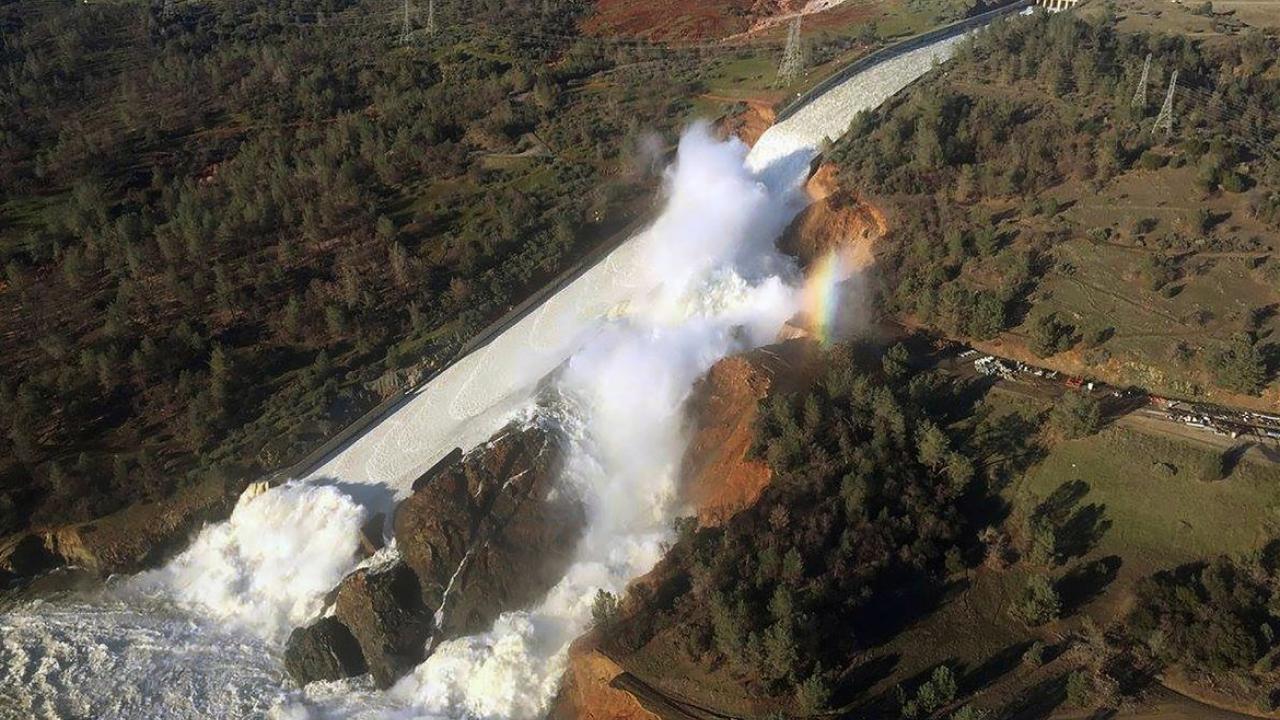As climate change continues to worsen, California is facing a series of threats that could increase the likelihood of disastrous flooding. In response, researchers from UCLA and the National Center for Atmospheric Research have completed the first part of ArkStorm 2.0 — a scenario to prepare for catastrophic flooding in the western United States based on the extreme event that occurred in 1862.
“In the future scenario, the storm sequence is bigger in almost every respect,” said Daniel Swain, UCLA climate scientist and co-author of the paper, which was published in the journal Science Advances. “There’s more rain overall, more intense rainfall on an hourly basis and stronger wind.”
The study, co-authored by Xingying Huang from UCLA’s Center for Climate Science, suggests climate change has already made extreme precipitation in California twice as likely. This particular trend is projected to continue through 2100. Furthermore, extreme storm sequences are projected to generate 200% to 400% more runoff by the end of the century. These findings build on previous UCLA research showing increases in extreme precipitation events and more common major floods in California.
“Every major population center in California would get hit at once — probably parts of Nevada and other adjacent states, too,” Swain said.
Read more about the study at UCLA Newsroom.
Study Authors:
Xingying Huang, UCLA’s Center for Climate Science
Daniel Swain, Institute of the Environment and Sustainability
Image Source: William Croyle/California Department of Water Resources





